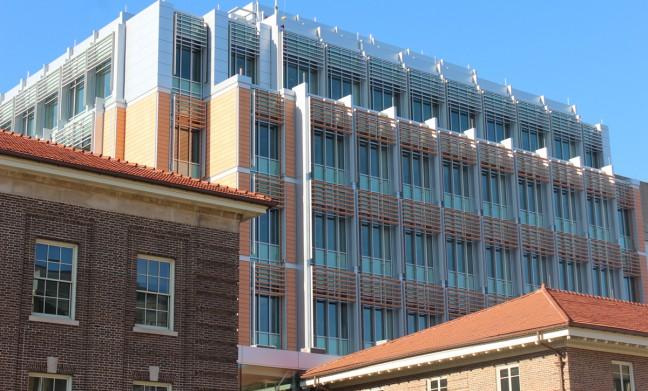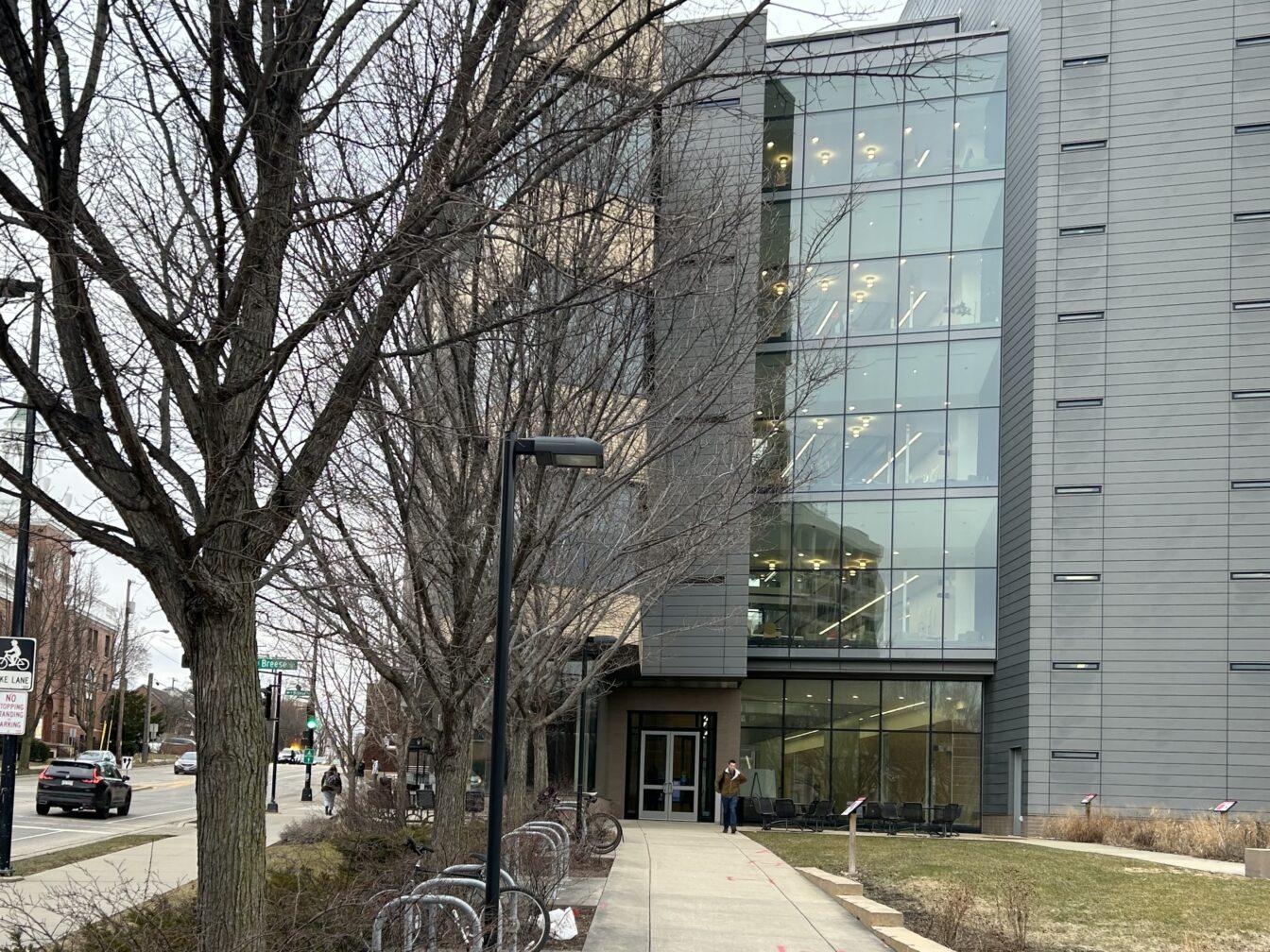University of Wisconsin researchers and their collaborators at Yale published findings in early November which changed current understandings of the way cells in the pancreas regulate the release of insulin, UW announced in a press release.
Insulin, a hormone produced in the pancreas, plays an essential role in regulating the level of glucose, or sugar, in the bloodstream. In a healthy adult, special cells in the pancreas called beta cells sense any rise in blood glucose levels and release insulin to bring those levels down to normal. But too much insulin can cause blood glucose levels to drop to dangerous levels.
Inversely, the inability to produce or respond to insulin, as is the case in individuals with diabetes, results in chronically high blood glucose levels and a variety of adverse health effects throughout the body.
The researchers found activating an enzyme called pyruvate kinase helps the pancreas’ beta cells respond more efficiently to high blood glucose levels, a discovery which could lead to new therapies treating diabetes, medical scientist and leader of the UW side of the research Matthew Merrins said.
New Dane County public health order prohibits indoor gatherings
The researchers’ findings centered on a key step in the way beta cells measure glucose levels. As blood glucose levels rise, beta cells start to consume it at increasing rates. Scientists have long understood that this increase in glucose metabolism is what turns on insulin production, Merrins said.
Merrins said scientists already knew low levels of a molecule called ADP and high levels of its high energy counterpart, ATP, triggered insulin production. Even before these findings, scientific understanding held that since the mitochondria, the cellular powerhouse, converts most of a cell’s ADP to ATP. Therefore, the mitochondria causes the low ADP to ATP ratio which triggered insulin production.
But, this understanding created a paradox which called the role of the mitochondria in insulin release into question. Mitochondria require sufficiently high ADP levels to do their job, but insulin is only released at low ADP levels, Merrins said.
Research study focuses on development of Alzheimer’s in people with Down syndrome
“The main finding of our paper is that mitochondria don’t produce the high energy ATP that initiates insulin secretion, pyruvate kinase does,” Merrins said.
According to the findings, experiments on human pancreatic cell cultures and rodent cells showed activating pyruvate kinase boosted insulin release.
Sophie Lewandowski, a doctoral researcher in Merrin’s lab, said one of the most intriguing aspects of the research was upending the conventional wisdom in their field.
“We’re taking what people know, what the field has accepted, and kind of turning it on its head a little bit,” Lewandowski said.
Lewandowski said she also liked the medical possibilities the research could entail.
Previous research into pyruvate kinase activators brought about possible diabetes therapy drug candidates. In the field of cancer research, scientists unsuccessfully attempted to use pyruvate kinase activators as a therapy to stop cancer cells from multiplying, Merrins said.
“It didn’t work, but what came out of that research were some very nice pyruvate kinase activator compounds that we could use,” Merrins said.
Other research realms, like pharmacology, also previously developed pyruvate kinase activators. The pharmaceutical company Agios produced compounds which can activate pyruvate kinase in individuals with a pyruvate kinase deficiency.
While the company made the drugs to treat rare forms of anemia caused by pyruvate kinase deficiency, Merrins said he hopes the drugs could function as a diabetes therapy.
“Our hope is that either these [cancer research] generated activators or the activators generated by Agios pharmaceuticals could be repurposed as part of a diabetes therapy,” Merrins said.
One issue with current diabetes treatment is it uncouples insulin release from glucose sensing, Merrins said. Insulin levels become dependent on drug dosage rather than the blood glucose level the body naturally senses, meaning that a mistake in dosage could result in a dangerous drop in blood sugar.
Instead of disregarding the body’s natural way to sense insulin, the treatment possibilities raised by Merrin’s research rely on it. Pyruvate kinase activators would simply enable pancreatic cells to respond more efficiently to rises in glucose, Merrins said.
“Before I joined the lab, I knew I was kind of interested in just being able to use biochemistry to eventually help people,” Lewandowski said. “Even if what we do is more what they consider basic science, it’s still kind of making the building blocks to eventually help people in the future and create new drugs for different diseases.”






















